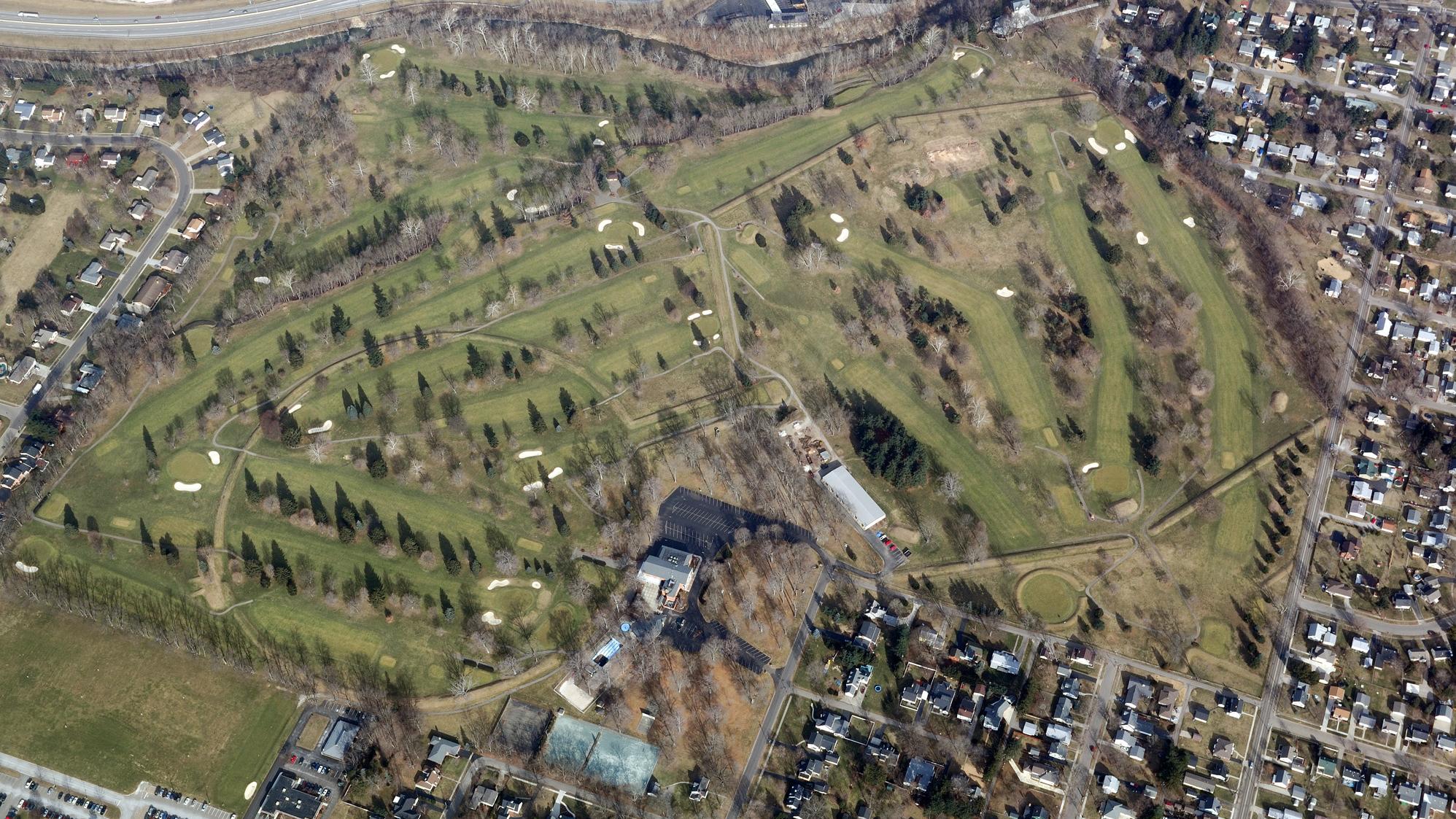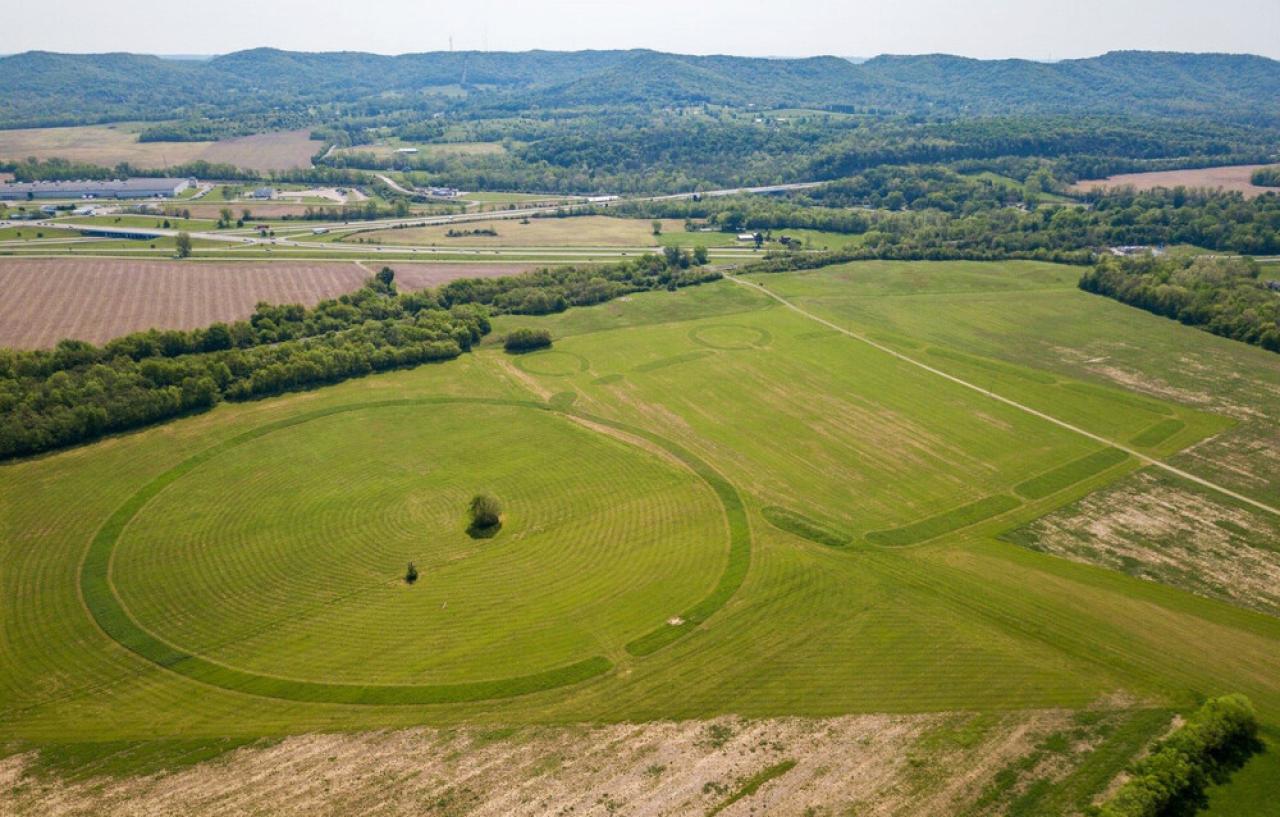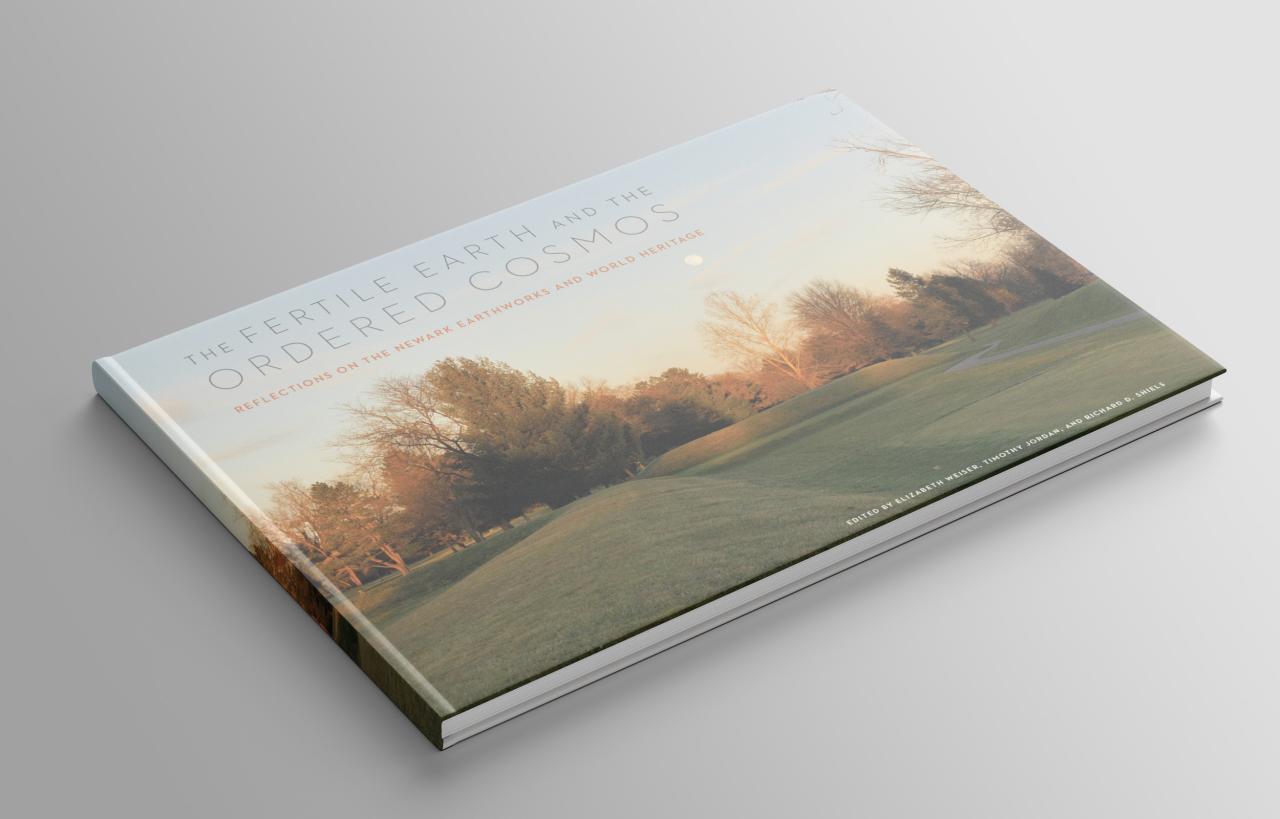These earthworks served as ceremonial centers, built by dispersed, non-hierarchical groups whose way of life was supported by a mix of foraging and farming. The sites were the center of a continent-wide sphere of influence and interaction and have yielded finely crafted ritual objects fashioned from exotic raw materials obtained from distant places.
Criterion (i) Represent a masterpiece of human creative genius
Hopewell Ceremonial Earthworks comprises highly complex masterpieces of landscape architecture. They are exceptional amongst ancient earthworks worldwide not only in their enormous scale and wide geographic distribution, but also in their geometric precision. These features imply high-precision techniques of design and construction and an observational knowledge of complex astronomical cycles that would have required generations to codify. The series includes the finest extant examples of these various principles, shapes, and alignments, both in geometric earthworks and in the pre-eminent surviving hilltop enclosure. They reflect the pinnacle of Hopewell intellectual, technical, and symbolic achievement.
Criterion (iii) Bear a unique or at least exceptional testimony to a cultural tradition or to a civilization which is living or which has disappeared
Hopewell Ceremonial Earthworks bears exceptional testimony to the unique characteristics of their builders, who lived in small, dispersed, egalitarian groups, between 1 and 400 CE, amongst the river valleys of what is now southern and central Ohio. Their economy was a mix of foraging, fishing, farming, and cultivation, yet they gathered periodically to create, manage, and worship within these massive public works. The precision of their carefully composed earthen architecture, and its timber precursors, reflected an elaborate ceremonialism and linked it with the order and rhythms of the cosmos. The earthworks in this series, together with their archaeological remains, offer the finest extant testimony to the nature, scope, and richness of the Hopewell cultural tradition.






